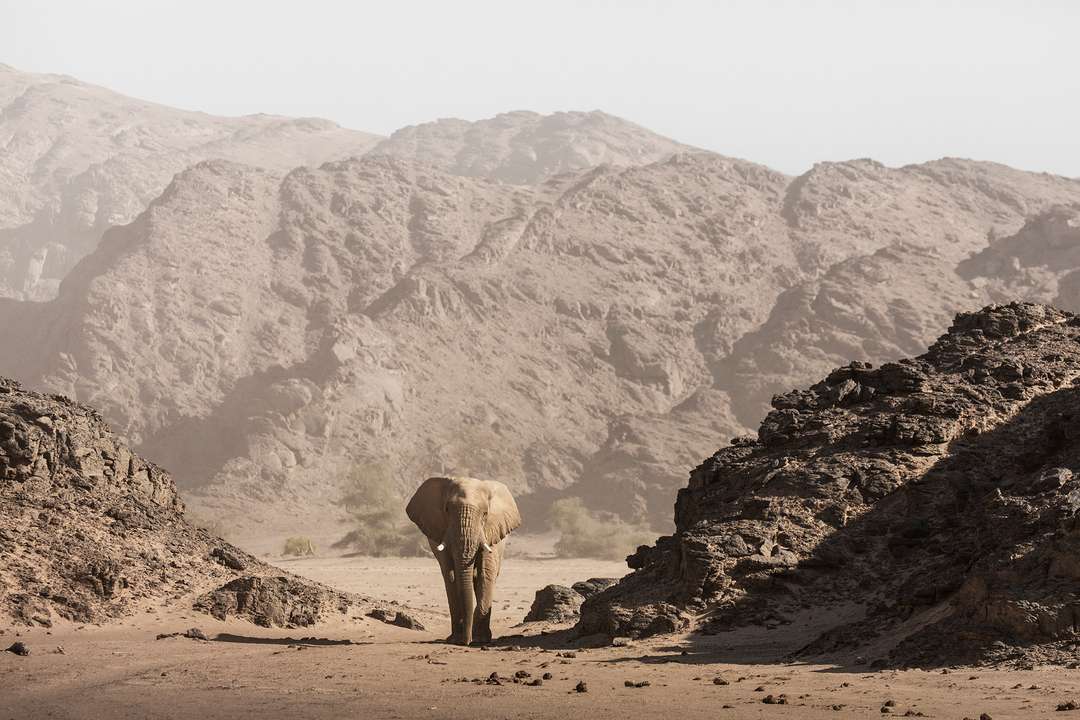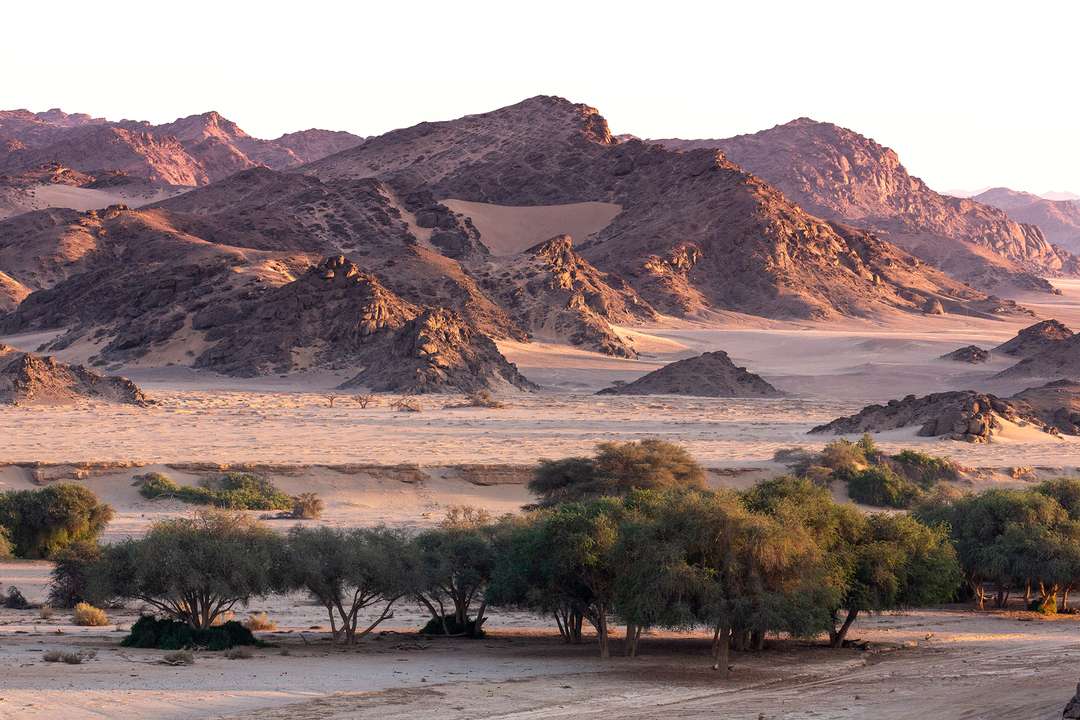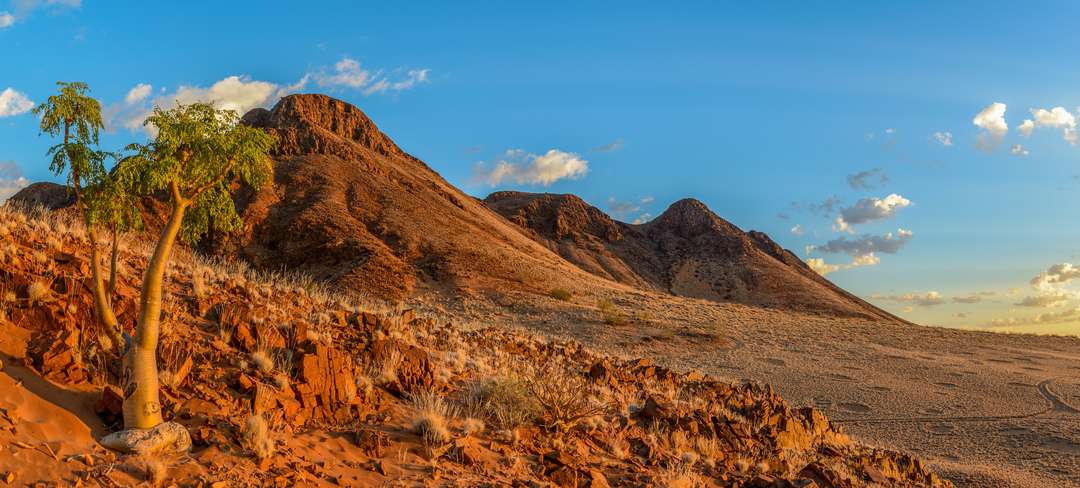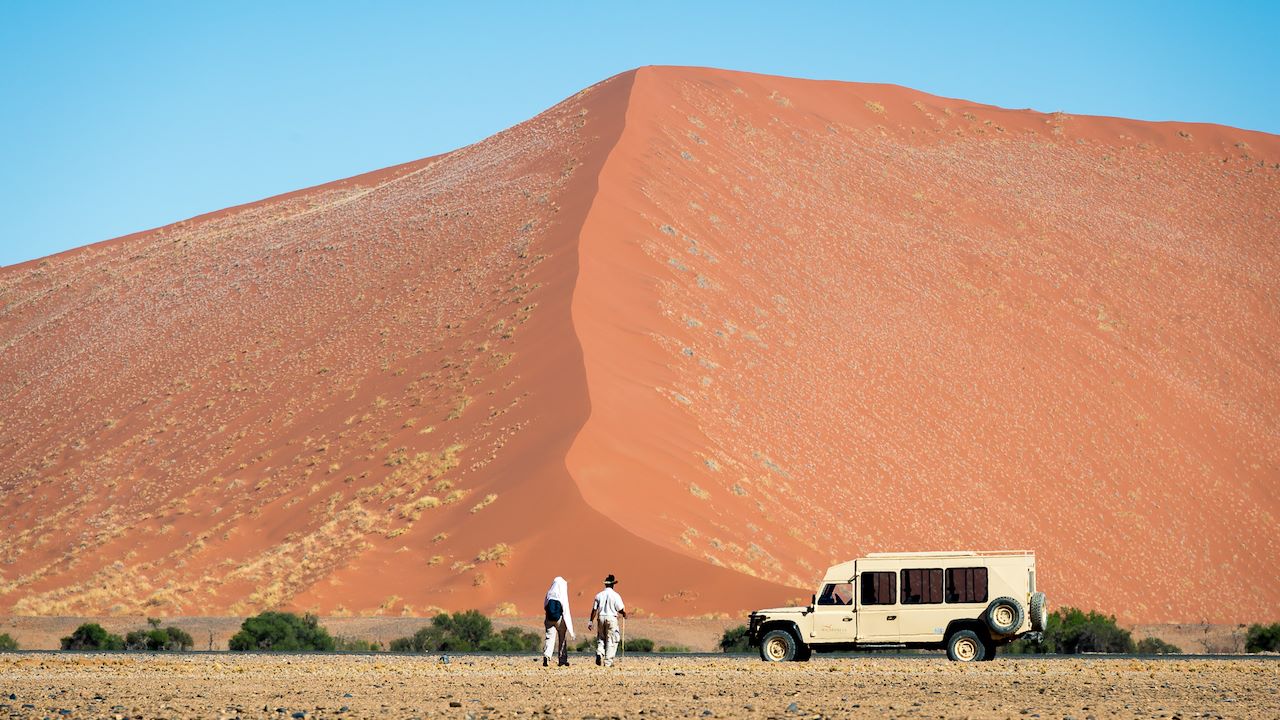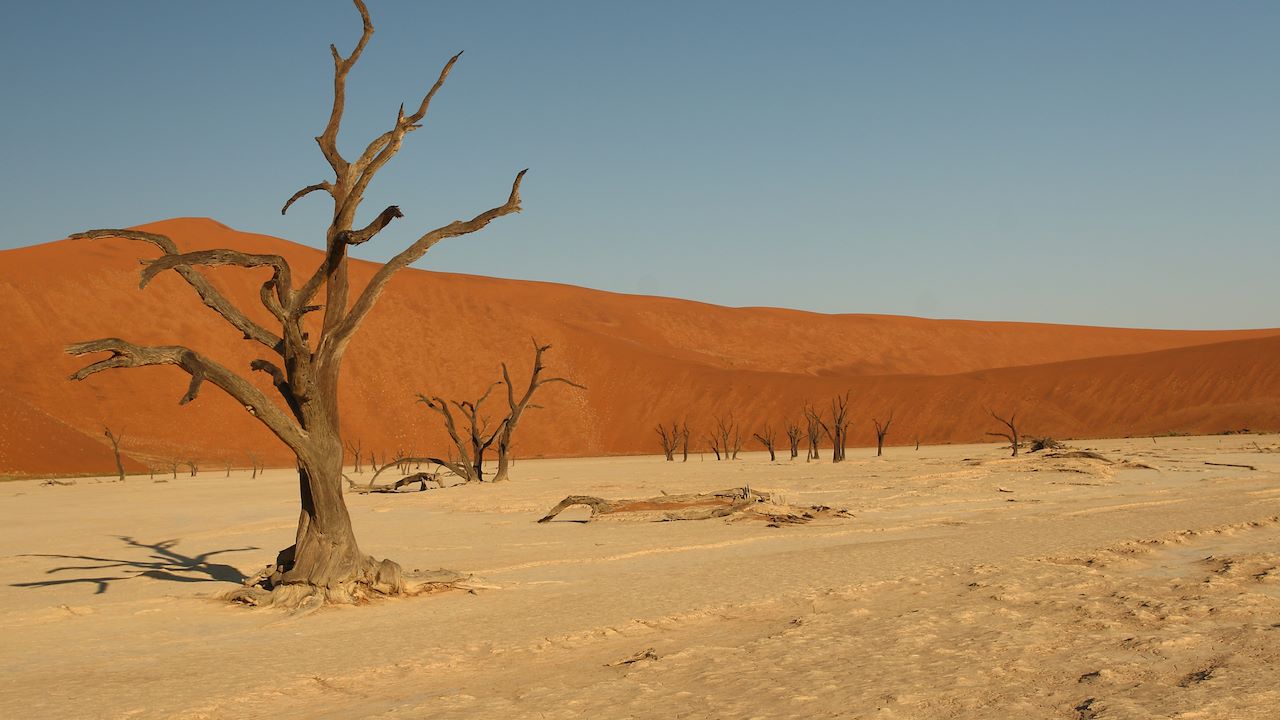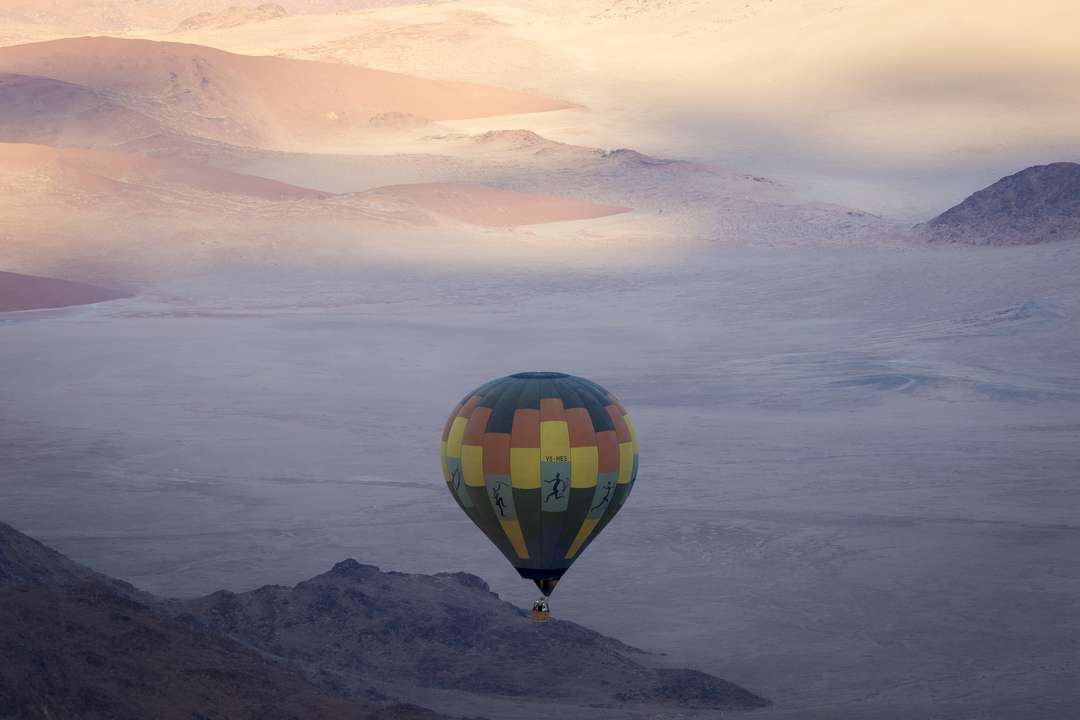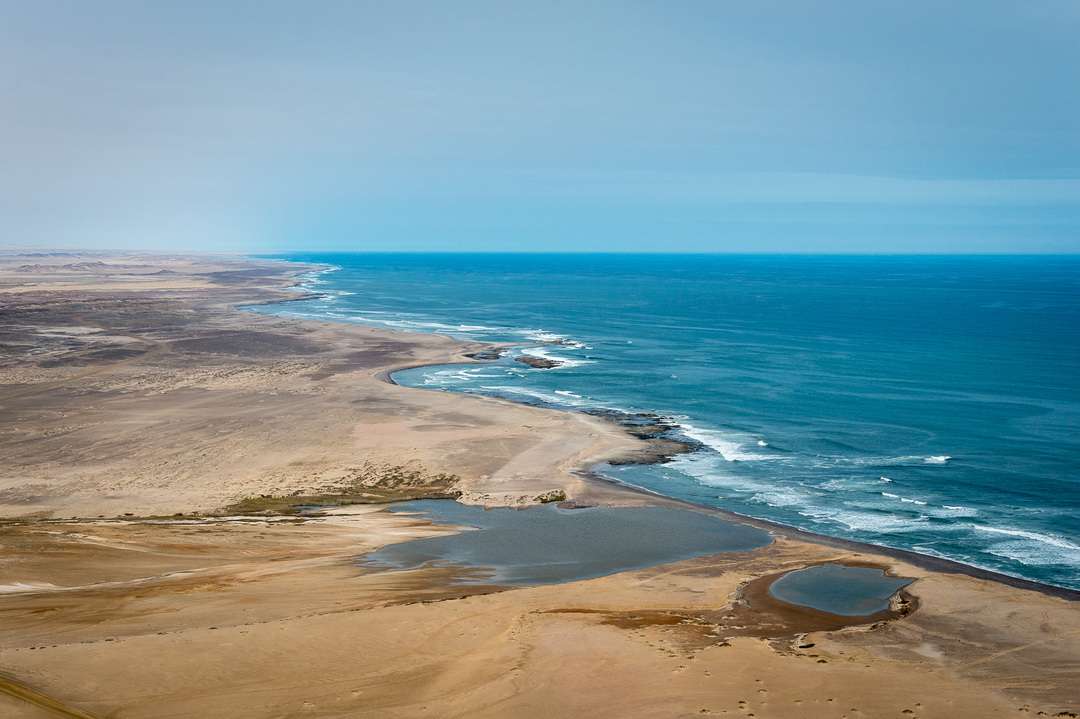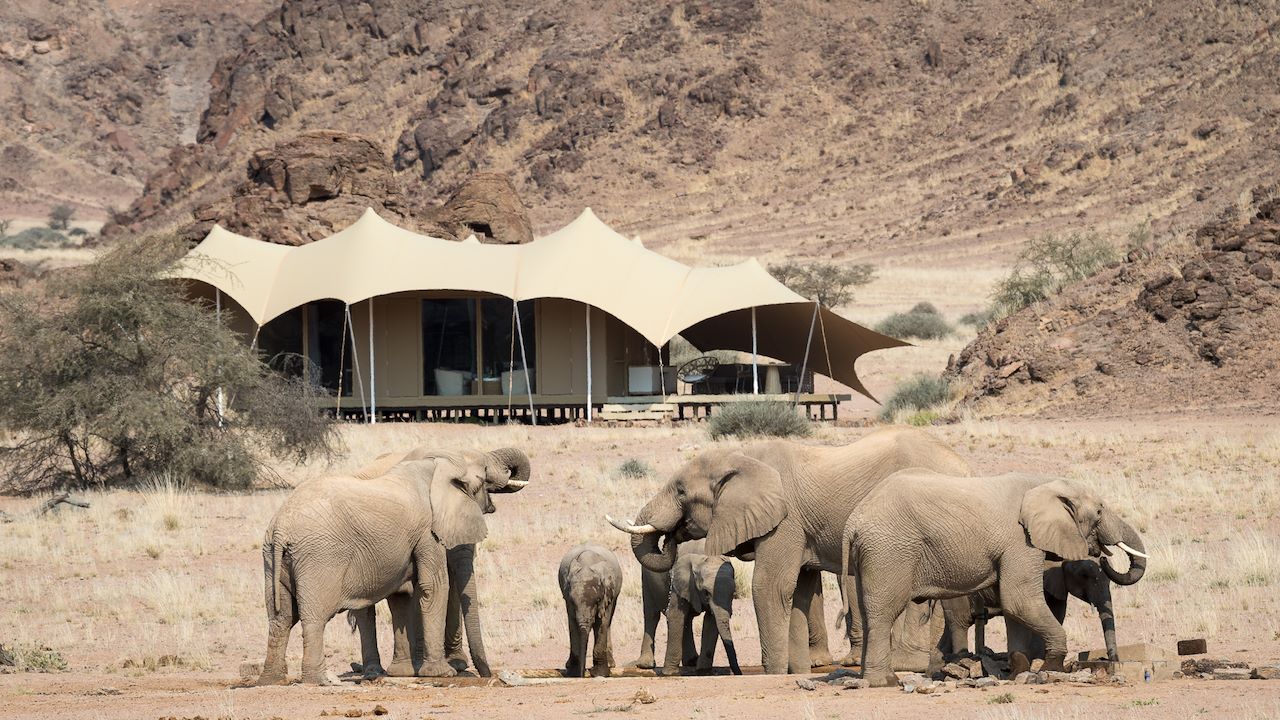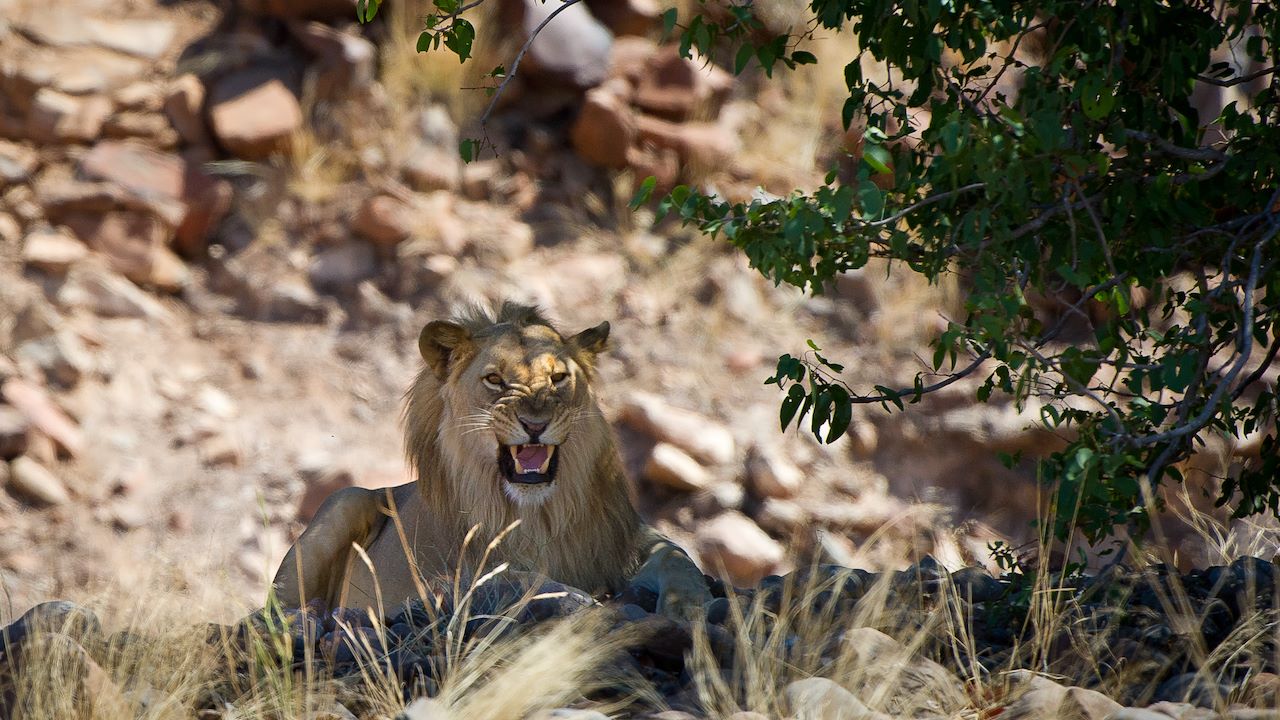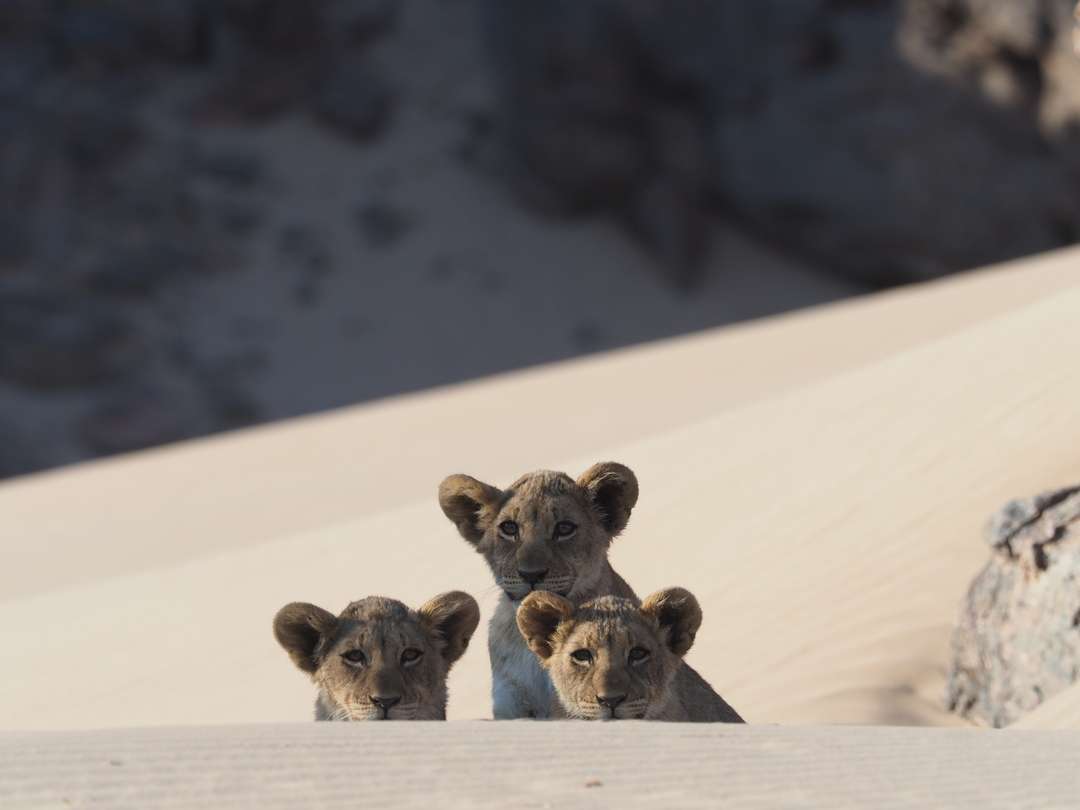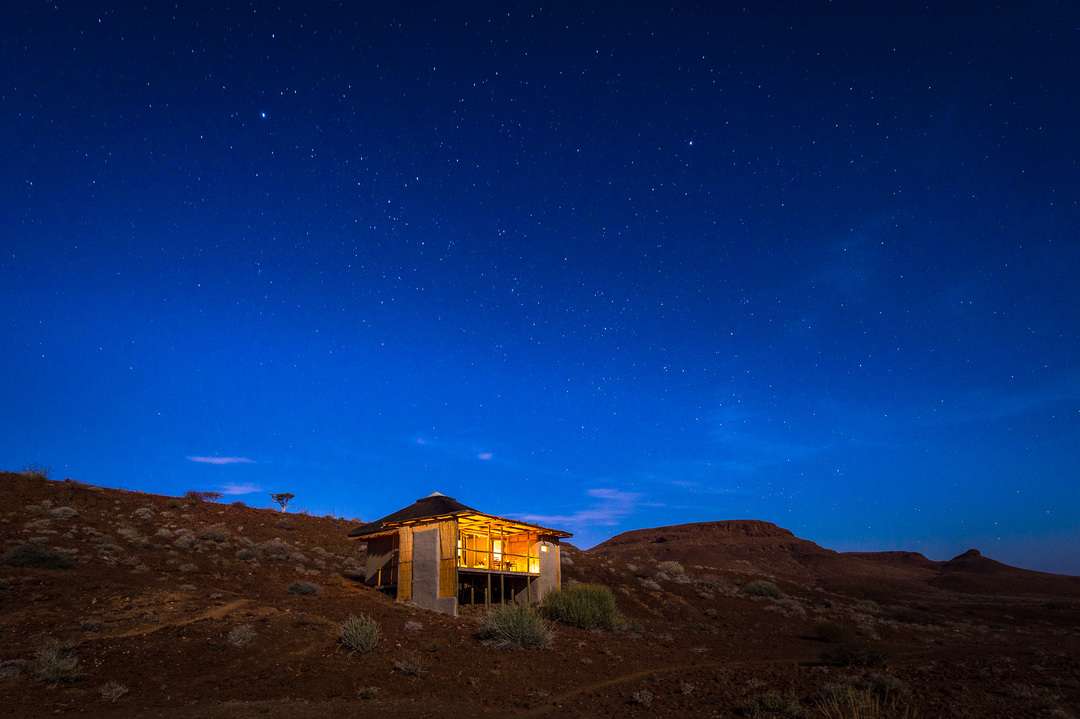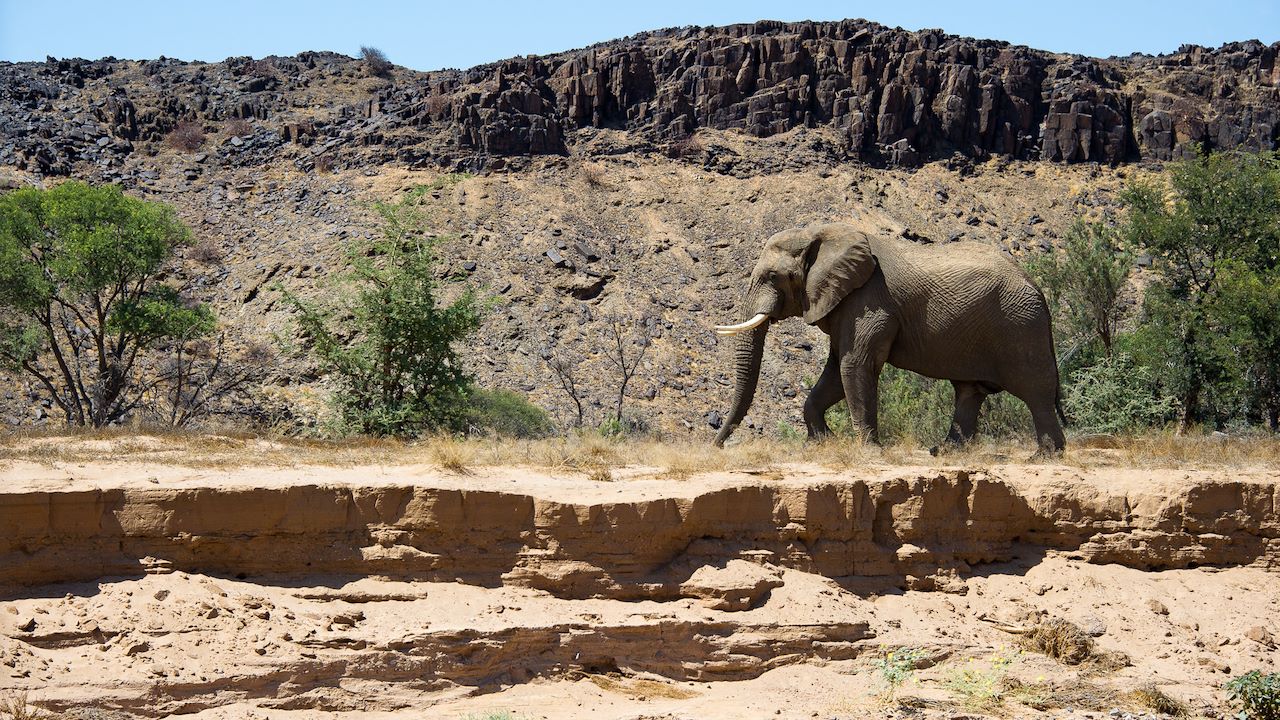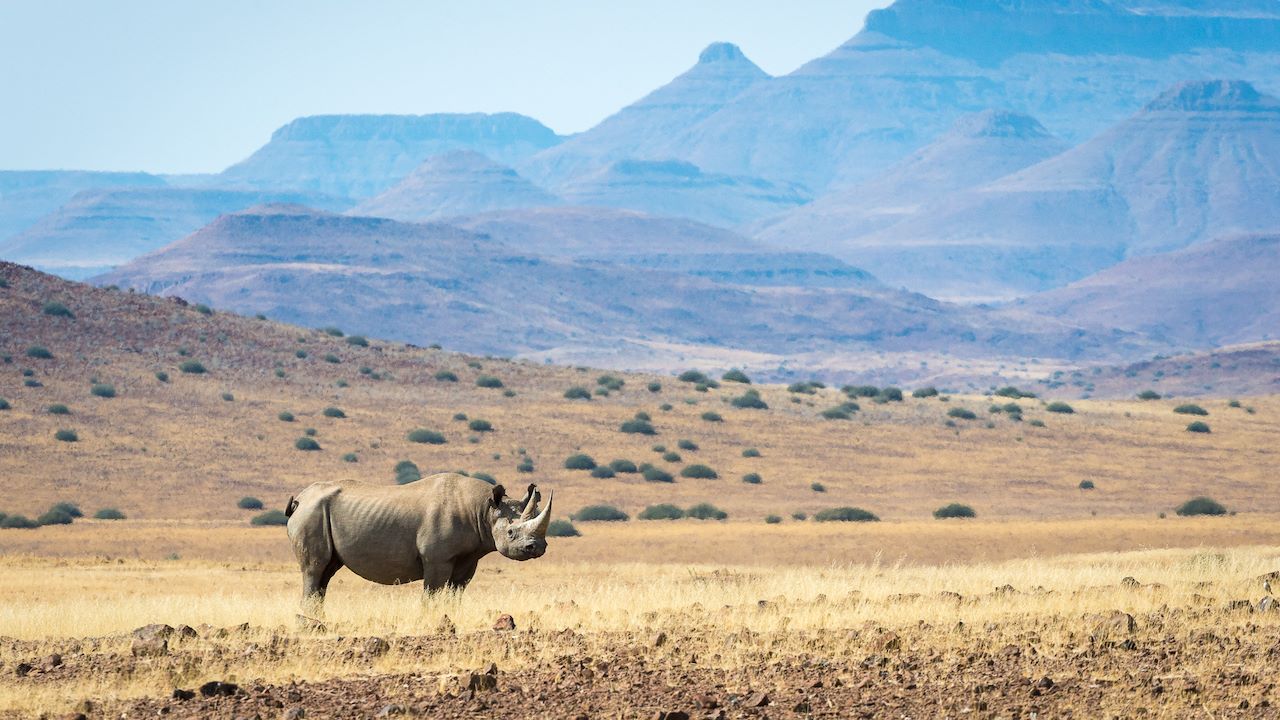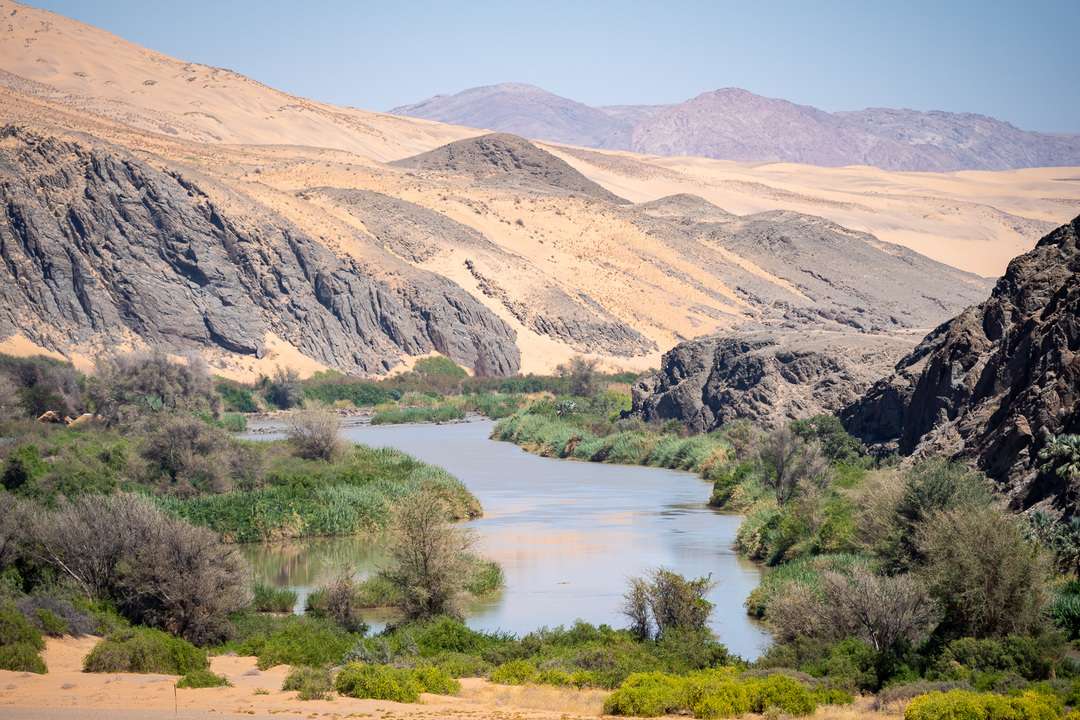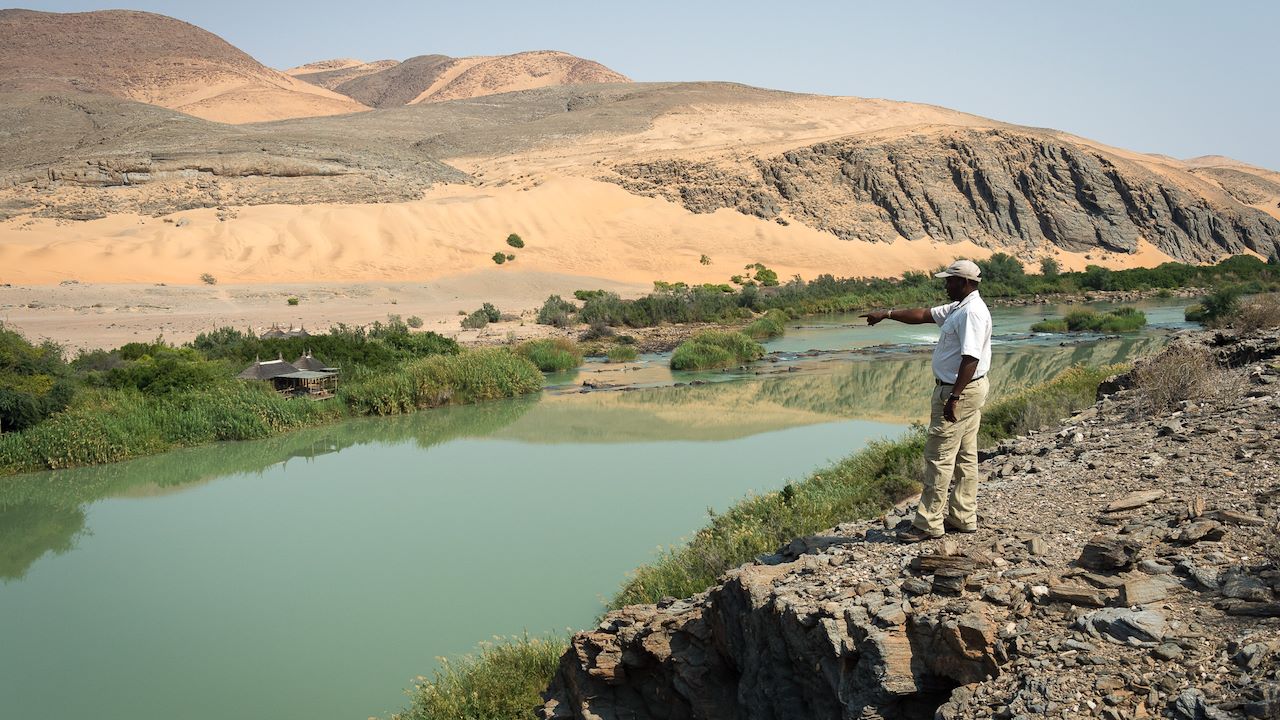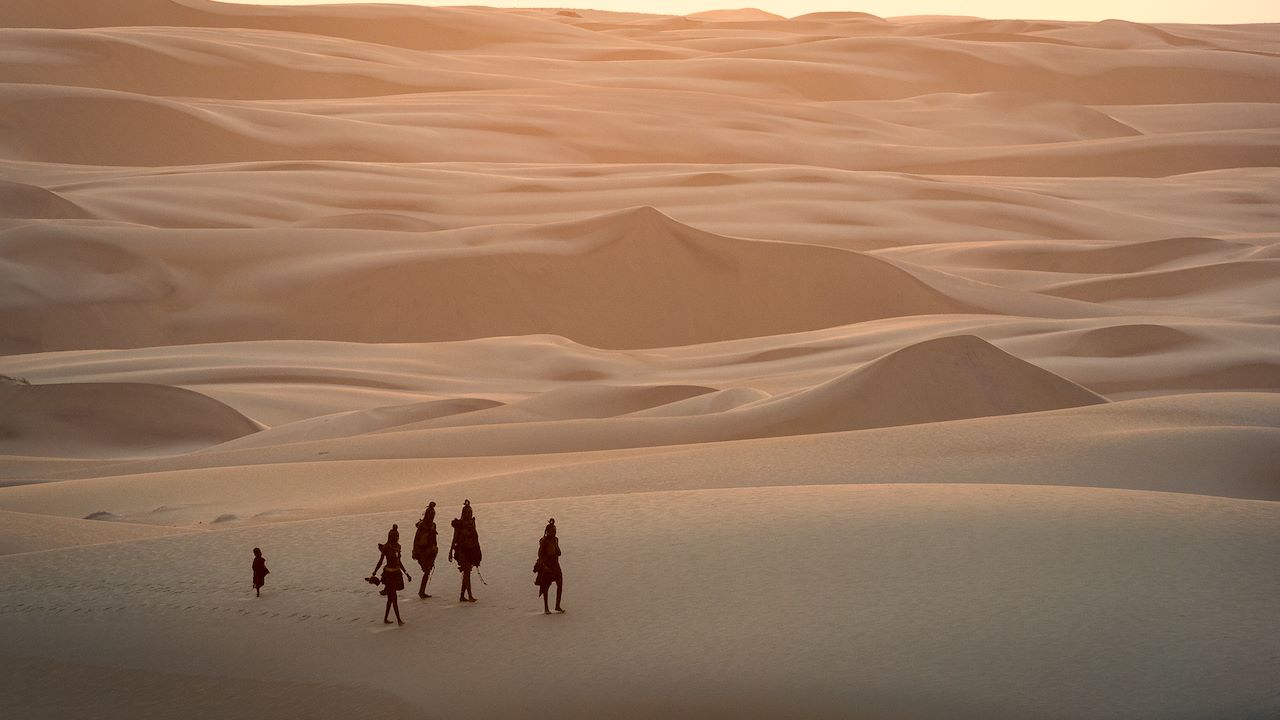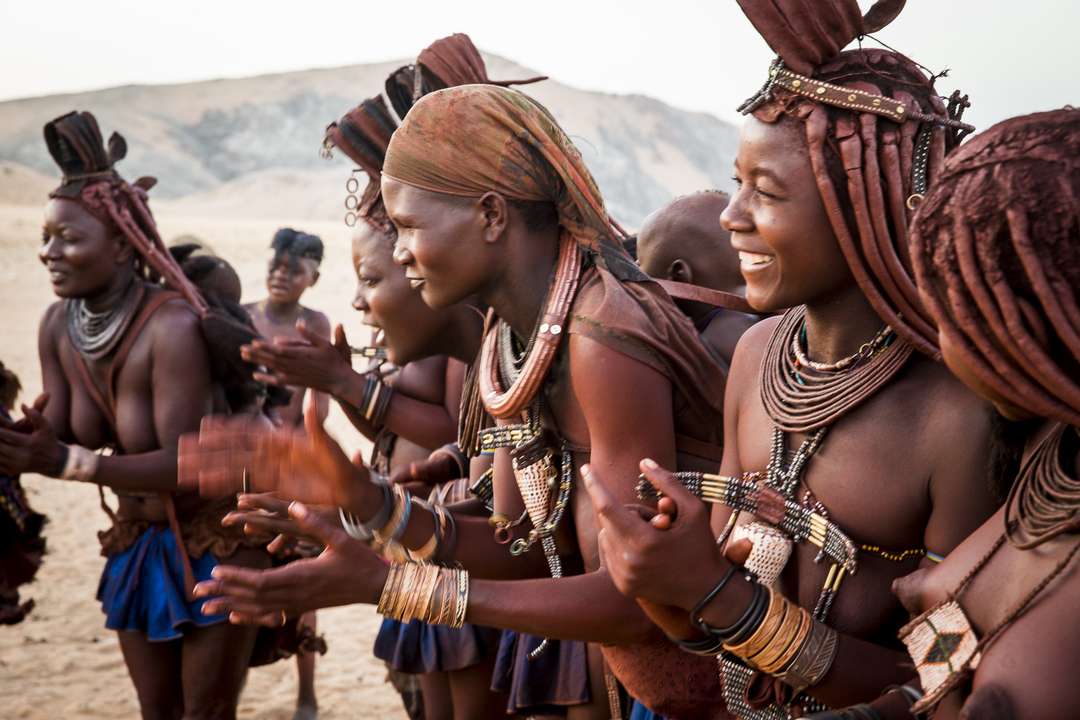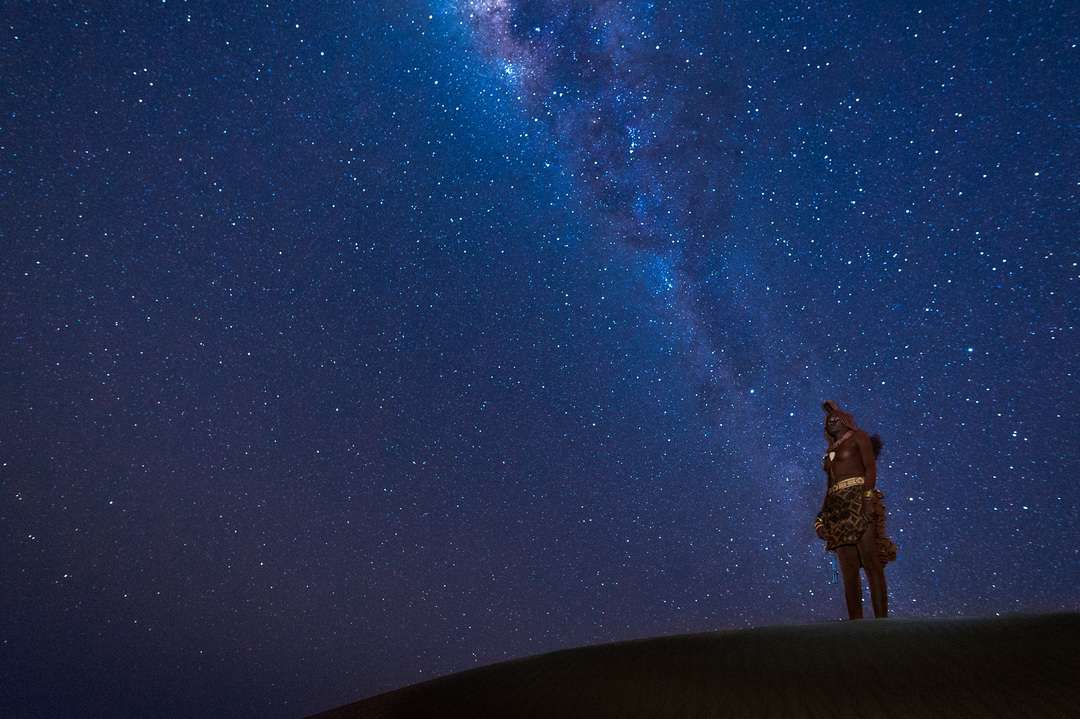Namibia
Namibia: Land of Splendour
Your Guide to Africa
Melissa Siebert
7/20/2020
More to discover

Escape winter for a festive season safari
Escape winter for a festive season safari in Botswana, where December brings warm summer weather, dr...
Read moreTao Varty
15.08.2025

Beyond the Crossing: Why the Mara Triangle is more than just a Migration Hotspot
Not just a migration stop–explore the Mara Triangle’s low-impact safaris, rare wildlife, and new Wil...
Read moreLauren Dold
12.08.2025
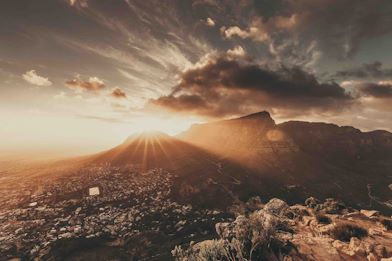
Best of Cape Town and Botswana
Join us on this 12-night adventure, a seamless holiday between two worlds that will have you dreamin...
Read moreLauren Dold
27.05.2025

Botswana’s Mababe Depression: A haven for buffalo herds
Witness Botswana’s largest buffalo herds in the Mababe Depression, where epic wildlife encounters un...
Read moreLauren Dold
07.02.2025

What to expect from Wilderness in 2025
Unveiling new camps, expanding our wellness experiences, and leading the way in sustainable travel p...
Read moreMerryn Haller
14.01.2025

Let’s plan your next journey
Ready?
When we say we’re there every step of the way, we mean it, literally. From planning the perfect circuit, to private inter-camp transfers on Wilderness Air, and easing you through Customs. We’re with you on the ground, at your side, 24-7, from start to finish. Ready to take the road less travelled? Contact our Travel Designers to plan an unforgettable journey.
